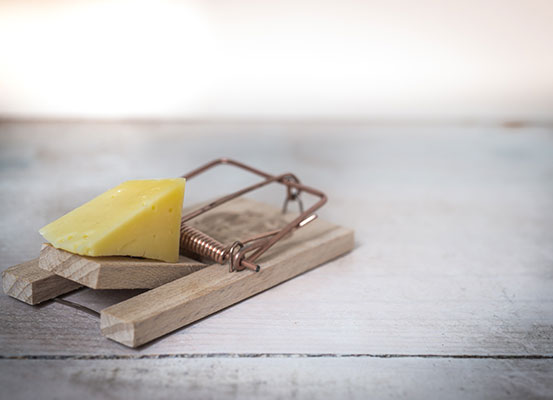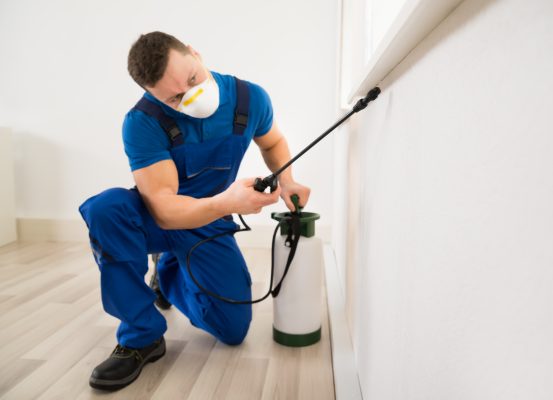
When people see a couple of roaches or ants, the first reaction is to spray the area with a bug bomb and wait for the insects to scurry away. However, when infestations get out of hand, people prefer to hire a professional rather than attempting to handle the situation themselves. In most cases, the products needed to control large infestations are only authorized for use by certified professionals. So as a professional pest control service, what are the main points you need to keep in mind when conducting a routine inspection?
Apparatus Check
As we just mentioned, professional pest control services have a plethora of equipment that they need to keep in inventory, which varies depending on the type of pest control job at hand. Before dispatching your technicians for a job, ensure they double check their equipment to confirm if it is in working condition, which includes their hazmat suits and other safety equipment. Obviously, the actual chemicals being used should be carefully handled, and their expiry date checked before use.
Moisture Check
One important check for any pest control technician is for moisture in and around the infected area. This is because damp areas are much more likely to attract pests, as compared to a dry area. To do this, equip your technicians with tools like flashlights and moisture meters to assess and highlight high-moisture areas. If the moisture content is much higher than normal, then that should be a red flag and your technicians should do a more comprehensive check if needed.
Inspect Entry Points
The first and most vital checkpoint for any pest-control professional should be the entry areas. Besides the obvious windows and doors, it is important to check high-risk areas like attics and crawlspaces as well. Such areas provide the perfect entry points for insects, rodents, and other pests to enter the rest of the home. This inspection is generally the most time-consuming step, and technicians need to be extremely thorough when looking for cracks and crevices that could allow pests to enter.
Identify External Risk Areas
Inspecting external areas like yards and garages is another important step that professional pest control teams should conduct. While the main objective of this step is to minimise the chance of infestations reoccurring, it helps provide customers with a feeling of assurance that their service provider is taking the extra step.
Prepare a Thorough Report
Once the job is completed, it is a good idea to take a few extra minutes and put together a report of the job details, encompassing all the work completed. Furthermore, by creating a thorough report, you can ensure that you and the customer are on the same page when it comes to job expectations and the scope of work. Encourage your technicians to be more thorough with their reporting and help upsell some ancillary services such as regular maintenance. You can also use smart software tools to automate the reporting; however, you may face some pushback when it comes to getting your teams to work with the software.
Hopefully, you’ve found this article on pest control informative. Now you’re all ready to jump into the pest control services market and hopefully establish a solid edge over the competition.



